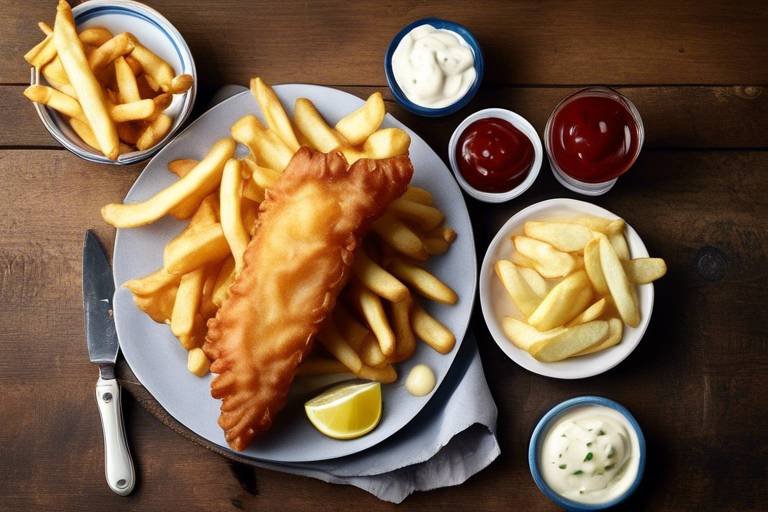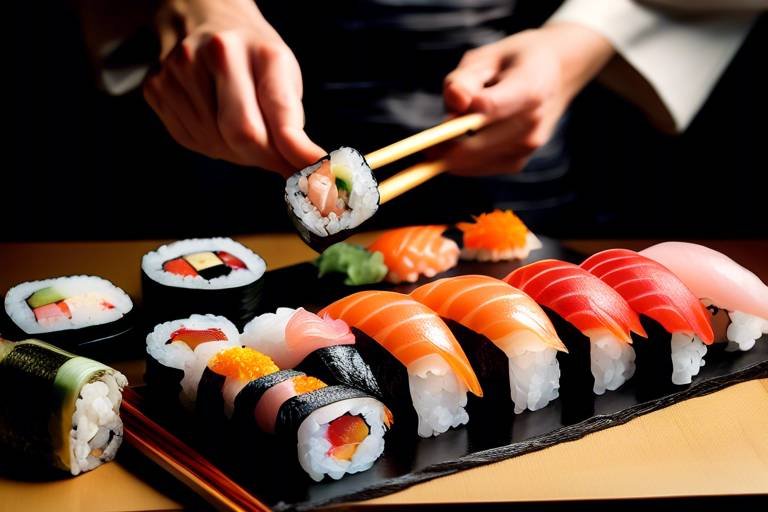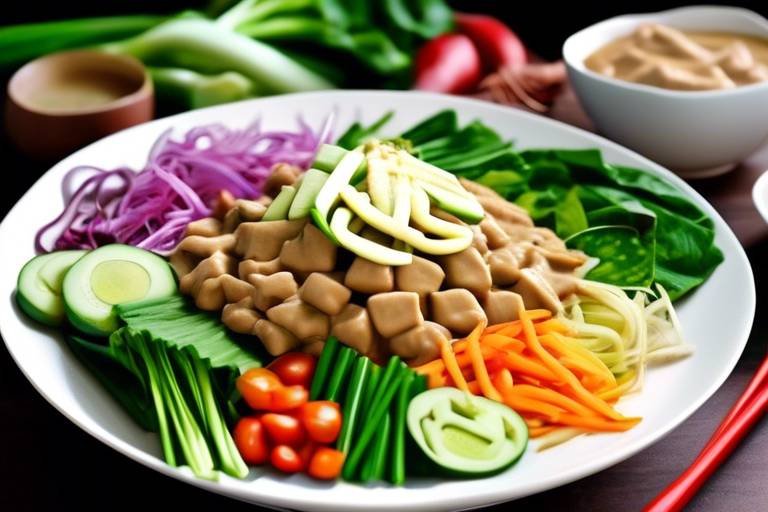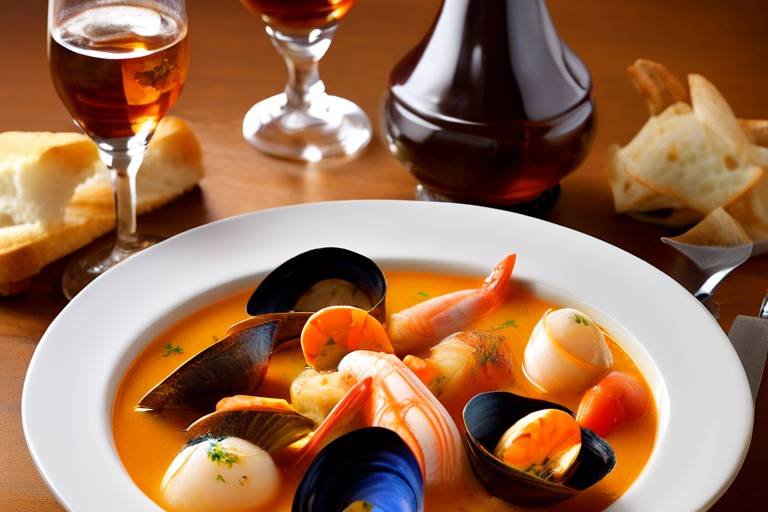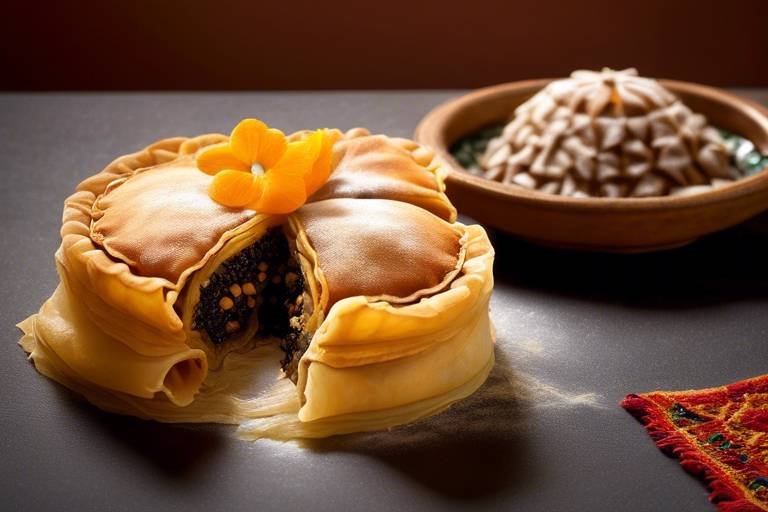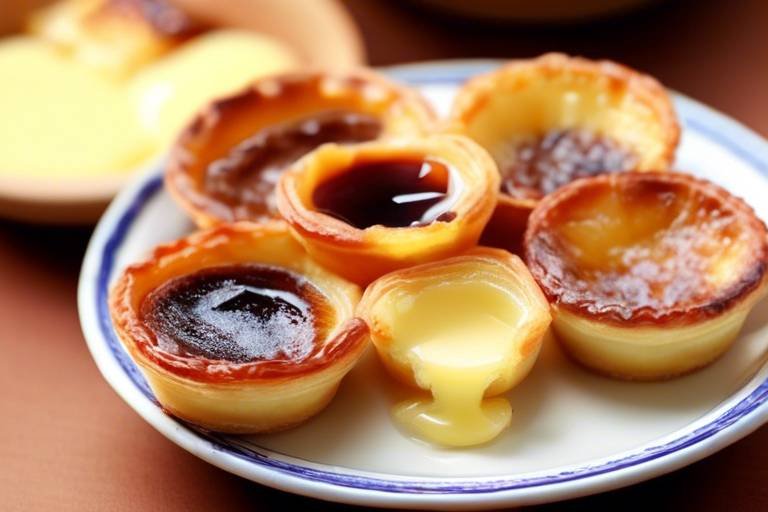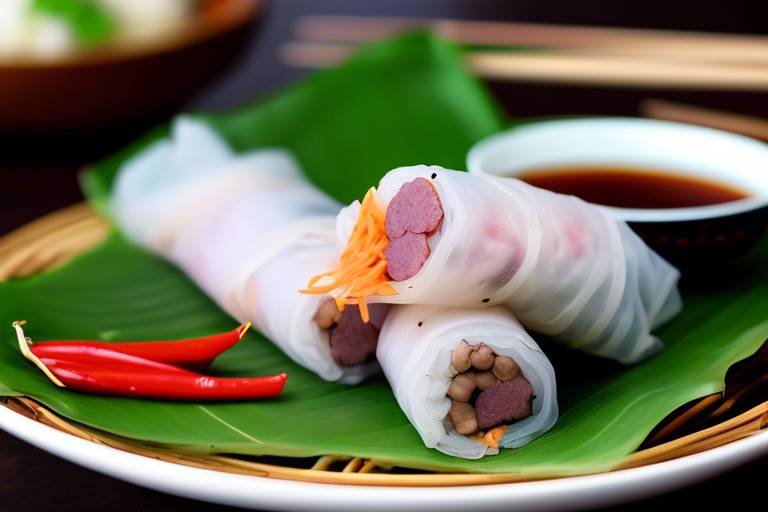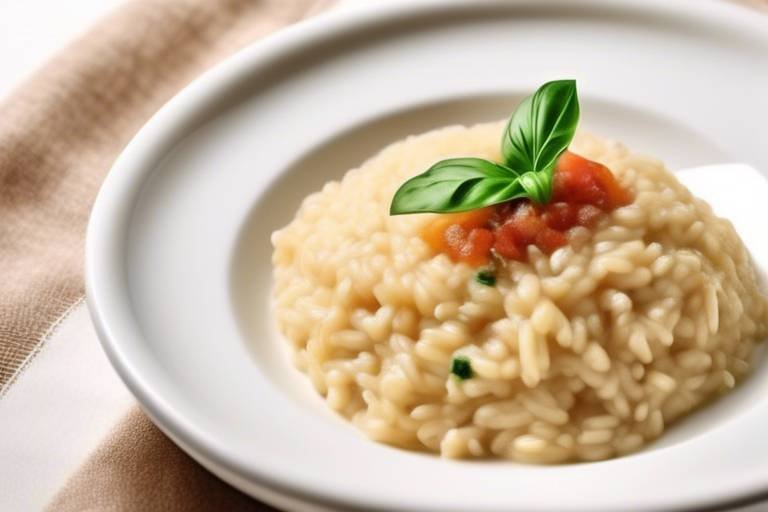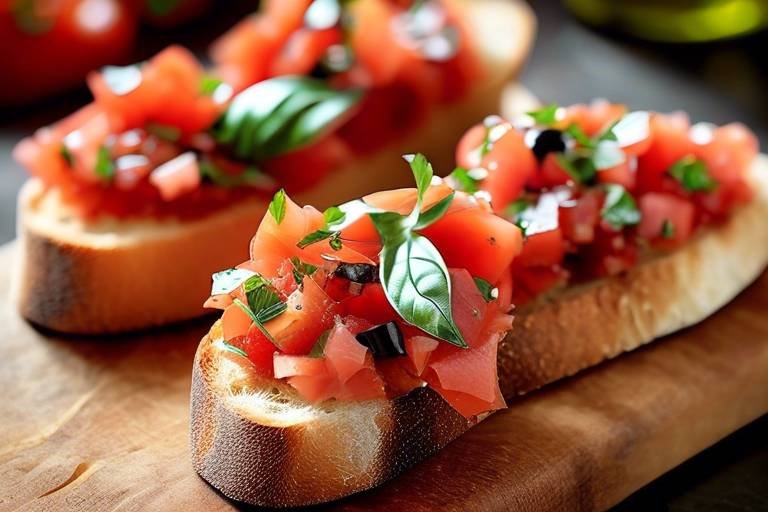The Ultimate Guide to Classic Italian Carbonara
When it comes to classic Italian cuisine, few dishes evoke the same level of comfort and satisfaction as Carbonara. This beloved pasta dish has a rich history and a unique combination of flavors that have made it a staple in Italian kitchens around the world. In this ultimate guide, we will delve into the origins of Carbonara, explore its key ingredients, learn how to prepare it authentically, discover regional variations, and even explore modern interpretations that put a creative spin on this traditional favorite.
Originating from Italy, Carbonara has a debated history with theories ranging from its creation during World War II to its roots in Roman cuisine. Regardless of its exact origins, one thing is certain – Carbonara has captured the hearts and taste buds of food enthusiasts worldwide.
Key to the authentic preparation of Carbonara are its essential ingredients. Guanciale, a type of cured pork cheek, Pecorino Romano cheese, eggs, and a generous amount of black pepper come together to create the signature creamy sauce that coats the pasta.
Following a traditional recipe is crucial to achieving the perfect texture and flavor of Carbonara. From rendering the guanciale to emulsifying the eggs with cheese and pasta water, each step plays a vital role in creating a velvety sauce that clings to the pasta.
While the classic Carbonara recipe remains a favorite, there are numerous regional variations found throughout Italy. Some regions opt to add cream for a richer sauce, while others incorporate mushrooms or seafood to enhance the dish's depth of flavor.
As with any culinary endeavor, there are common mistakes to avoid when making Carbonara. From ending up with scrambled eggs in the sauce to using the wrong type of cheese or overcooking the pasta, attention to detail is key in achieving a flawless dish.
When it comes to serving Carbonara, presentation is key. Garnishing the dish with additional cheese, a sprinkle of pepper, or a touch of fresh herbs not only enhances the visual appeal but also adds layers of flavor to each bite.
Pairing Carbonara with the right wine can elevate the dining experience. Crisp white wines like Vermentino complement the creamy sauce, while red wines such as Montepulciano d'Abruzzo provide a robust contrast to the dish's richness.
For those looking to explore modern interpretations of Carbonara, the culinary world offers endless possibilities. From Carbonara pizza to Carbonara burgers, chefs and home cooks alike have embraced the versatility of this classic dish and infused it into innovative fusion recipes.

Origins of Carbonara
The origins of Carbonara are shrouded in mystery and debate, adding to the allure of this classic Italian dish. While its exact inception remains uncertain, several theories attempt to trace the roots of Carbonara. One popular belief suggests that Carbonara was created by Italian charcoal workers, known as carbonai, who used their simple ingredients of eggs, cheese, and pancetta to create a hearty meal. Another theory links Carbonara to the American soldiers stationed in Italy during World War II, who combined their rations of eggs and bacon with local pasta to form this iconic dish.
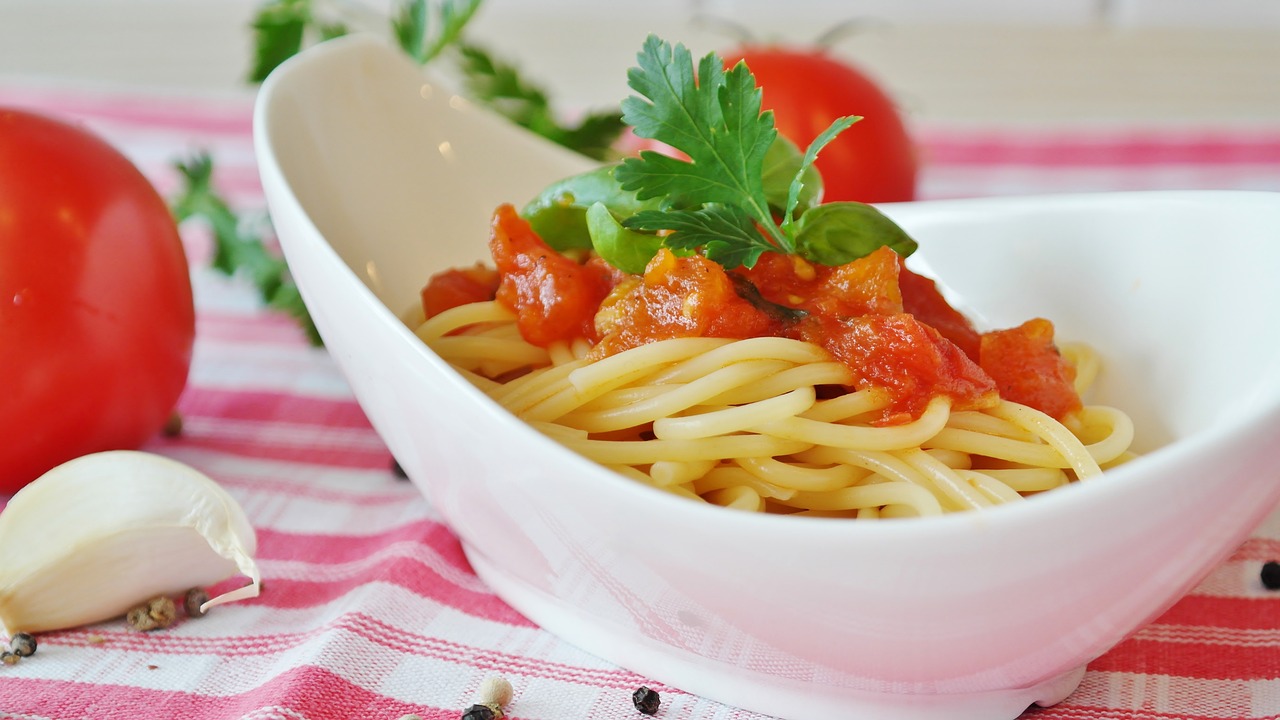
Key Ingredients
When it comes to crafting the perfect Carbonara, the key lies in the selection of high-quality ingredients that work harmoniously to create a symphony of flavors. The traditional Carbonara recipe calls for a handful of essential components that form the backbone of this iconic dish. Let's delve into the key ingredients that give Carbonara its signature taste and texture.
At the heart of Carbonara is guanciale, a type of Italian cured meat made from pork cheek or jowl. Its rich, fatty profile adds a depth of flavor that sets Carbonara apart from other pasta dishes. The intense porkiness of guanciale infuses the sauce with a savory essence that elevates the entire dish.
Another indispensable ingredient in Carbonara is Pecorino Romano cheese, a hard and salty cheese made from sheep's milk. This cheese not only provides a sharp and tangy kick to the sauce but also contributes to its creamy consistency when combined with the eggs. The distinct nuttiness of Pecorino Romano adds a unique dimension to the dish that cannot be replicated by any other cheese.
The backbone of the Carbonara sauce is formed by eggs, which bind the ingredients together and create a luscious, velvety texture. When properly incorporated into the hot pasta, the eggs coat each strand with a silky coating that encapsulates the flavors of the guanciale and cheese. The eggs must be added with precision to achieve the desired creamy consistency without turning into scrambled bits.
To round off the flavor profile, black pepper plays a crucial role in balancing the richness of the dish. The sharp heat of freshly cracked black pepper cuts through the creaminess of the sauce, providing a subtle kick that enhances the overall taste experience. The pepper not only adds a pop of color to the dish but also contributes a fragrant aroma that tantalizes the senses.
When these key ingredients come together in perfect harmony, they create a symphony of flavors that dance on your palate with each luxurious bite. The marriage of guanciale, Pecorino Romano cheese, eggs, and black pepper forms the foundation of a classic Carbonara that has stood the test of time and continues to captivate food enthusiasts around the world.
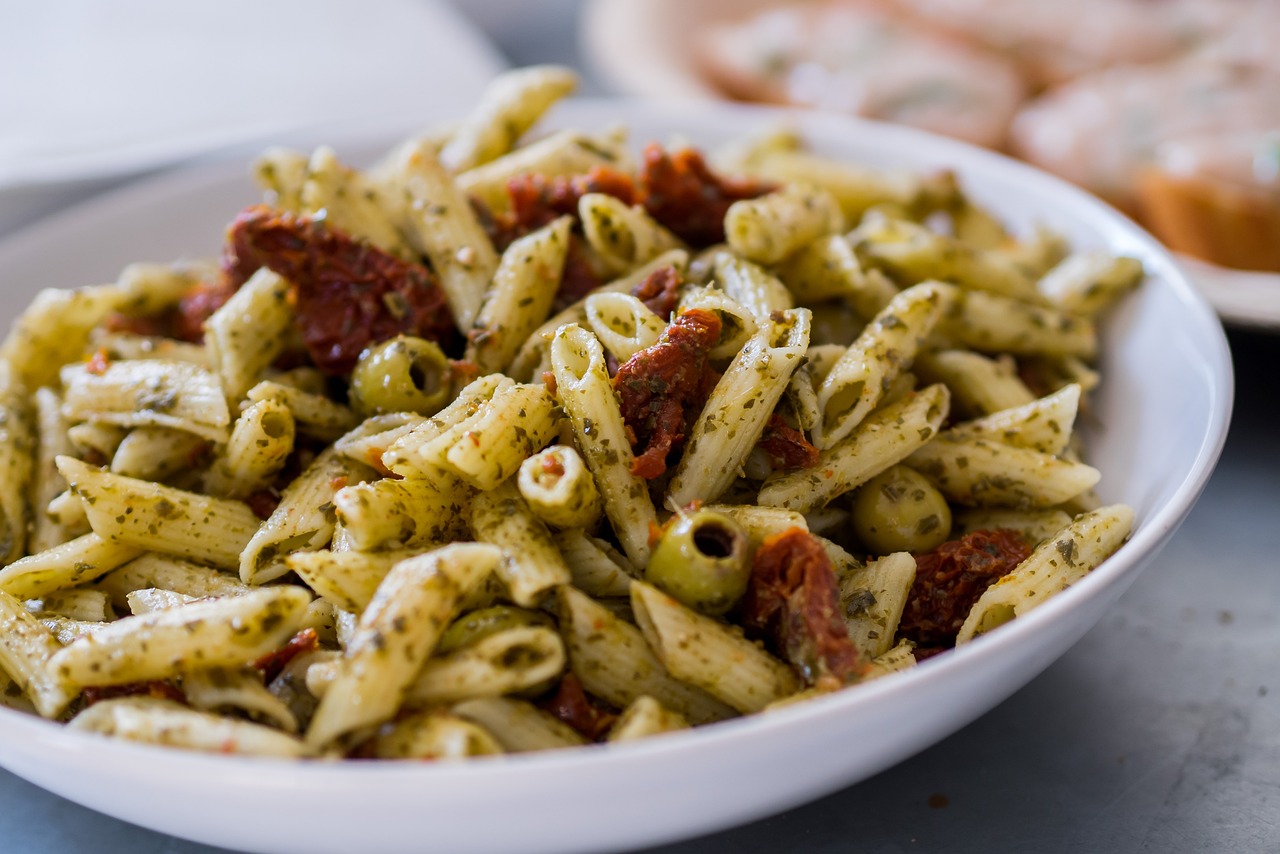
Authentic Preparation
When it comes to preparing an authentic Italian Carbonara, attention to detail and respect for tradition are key. The process of creating this beloved dish involves a few simple ingredients but requires precision and finesse to achieve the perfect balance of flavors and textures.
First and foremost, the star of the show in Carbonara is the guanciale, a type of cured pork cheek that provides a rich and savory flavor to the sauce. The guanciale is typically cut into small cubes or thin strips and gently rendered in a pan until crispy, releasing its delicious fat that will later coat the pasta.
Next, the sauce is created by combining eggs, Pecorino Romano cheese, and a generous amount of freshly ground black pepper. It's essential to whisk the eggs and cheese together vigorously to create a smooth and creamy mixture that will cling to the pasta, creating a luscious coating with each bite.
As for the pasta, traditional Carbonara is made with long strands of spaghetti, although some variations use other shapes like rigatoni or fettuccine. The pasta should be cooked al dente, with a slight bite to it, as it will continue to cook slightly when combined with the hot sauce in the pan.
One crucial step in authentic Carbonara preparation is combining the cooked pasta with the crispy guanciale in a pan off the heat. This allows the pasta to absorb the flavors of the pork fat before adding the egg and cheese mixture. It's essential to toss the pasta quickly and continuously to prevent the eggs from scrambling and ensure a silky smooth sauce.
Once the sauce is added to the pasta, continue tossing until the strands are evenly coated and the sauce has thickened slightly. The heat from the pasta will gently cook the eggs, creating a creamy and luxurious texture that clings to each noodle.
Finally, serve the Carbonara immediately, garnishing with an extra sprinkle of Pecorino Romano cheese and a generous grinding of black pepper. The dish should be enjoyed piping hot, allowing the flavors to meld together in a harmonious explosion of taste.
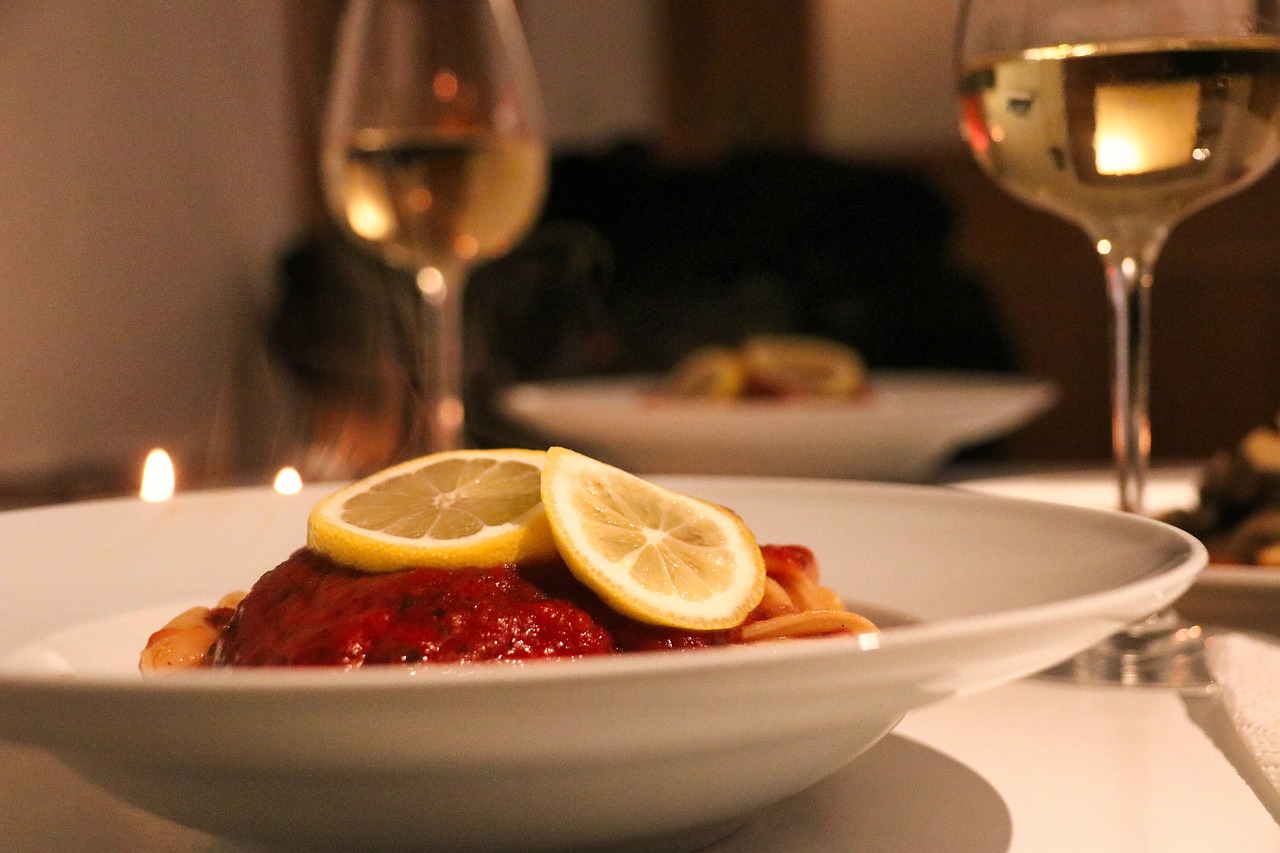
Variations and Regional Twists
When it comes to Carbonara, a dish deeply rooted in Italian culinary tradition, there are various regional twists and adaptations that have emerged over time. These variations offer a unique take on the classic recipe, showcasing the diverse culinary landscape of Italy. From the addition of cream to the incorporation of local ingredients, each regional twist adds a new dimension to the beloved Carbonara.
In Rome, the birthplace of Carbonara, the traditional recipe typically consists of guanciale, Pecorino Romano cheese, eggs, and black pepper. However, as you travel across Italy, you may encounter variations that deviate from the original but still capture the essence of the dish. For example, in northern regions like Piedmont, mushrooms are sometimes added to the sauce, providing a earthy flavor that complements the richness of the dish.
On the coastal regions of Italy, such as Sicily and Sardinia, seafood often finds its way into Carbonara, offering a fresh and briny twist to the creamy pasta. The addition of clams, shrimp, or even squid ink can transform the dish into a maritime delight, reflecting the local bounty of the sea.
One regional variation that stands out is the use of cream in Carbonara, a controversial addition that creates a luscious and velvety sauce. While purists may argue against this deviation from the traditional recipe, the creamy version of Carbonara has gained popularity in certain regions, offering a decadent twist on the classic preparation.
Exploring the regional twists of Carbonara allows you to appreciate the culinary diversity of Italy, where each variation tells a story of local ingredients, traditions, and creativity. Whether you prefer the simplicity of the original recipe or enjoy experimenting with different flavors, the world of Carbonara offers a delightful journey through the flavors of Italy.
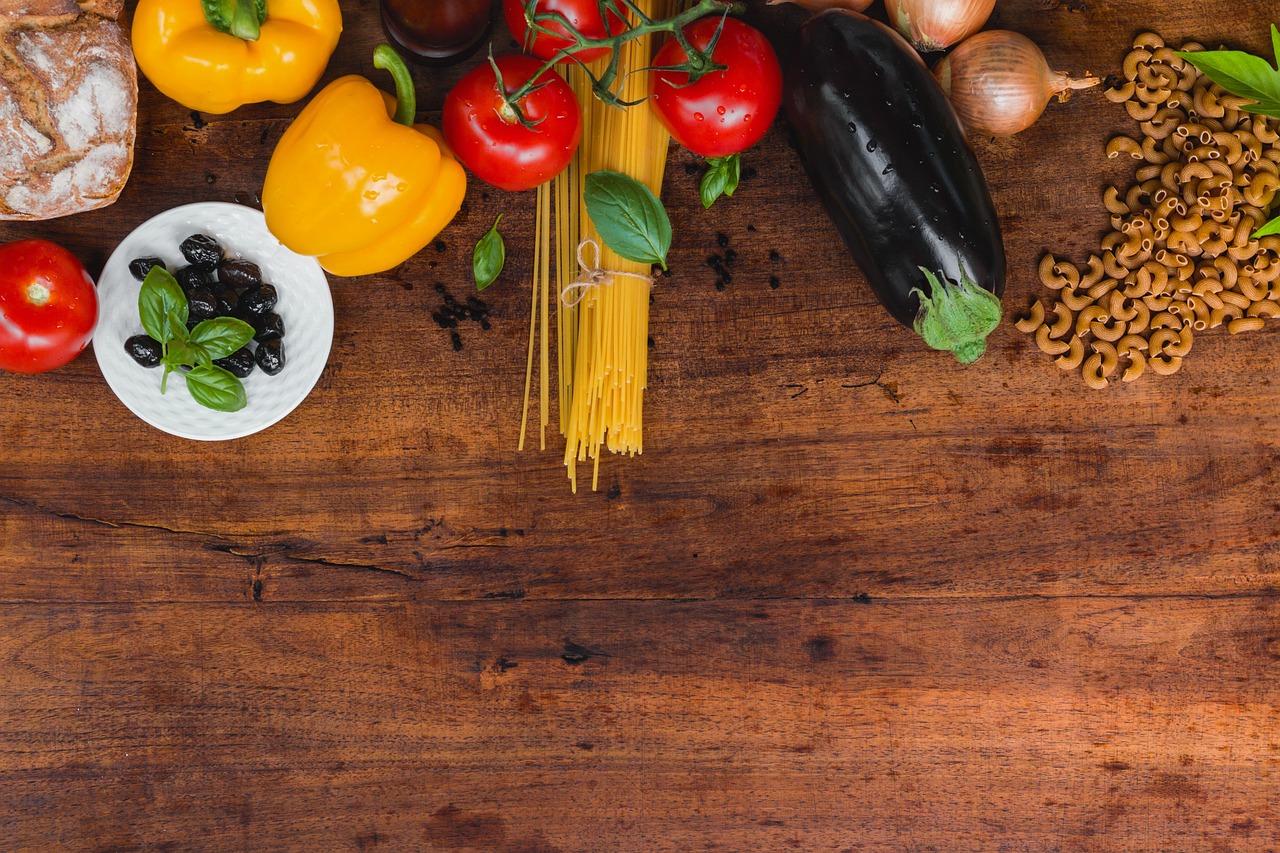
Common Mistakes to Avoid
When it comes to preparing the classic Italian Carbonara, there are some common mistakes that can easily derail your dish. One of the most frequent errors is scrambling the eggs when mixing them with the hot pasta. This can result in a lumpy and uneven sauce, far from the smooth and creamy texture that defines a good Carbonara.
Another pitfall to avoid is using the wrong type of cheese. Authentic Carbonara calls for Pecorino Romano cheese, known for its sharp and salty flavor. Using a milder cheese can alter the taste profile of the dish significantly, so it's crucial to stick to tradition in this aspect.
Overcooking the pasta is a cardinal sin in Carbonara preparation. The pasta should be cooked al dente, with a slight bite to it, as it will continue to cook slightly when combined with the hot sauce. Overcooked pasta can turn mushy and compromise the overall texture of the dish.
One more common mistake is adding cream to the sauce. Traditional Carbonara relies on the eggs and cheese to create a rich and velvety sauce, without the need for cream. Introducing cream can make the dish overly heavy and mask the delicate flavors of the other ingredients.
Lastly, be cautious with the amount of black pepper you use. While pepper is a key component of Carbonara, too much can overpower the dish and make it overly spicy. It's essential to strike the right balance to ensure that the pepper enhances the flavors rather than dominating them.
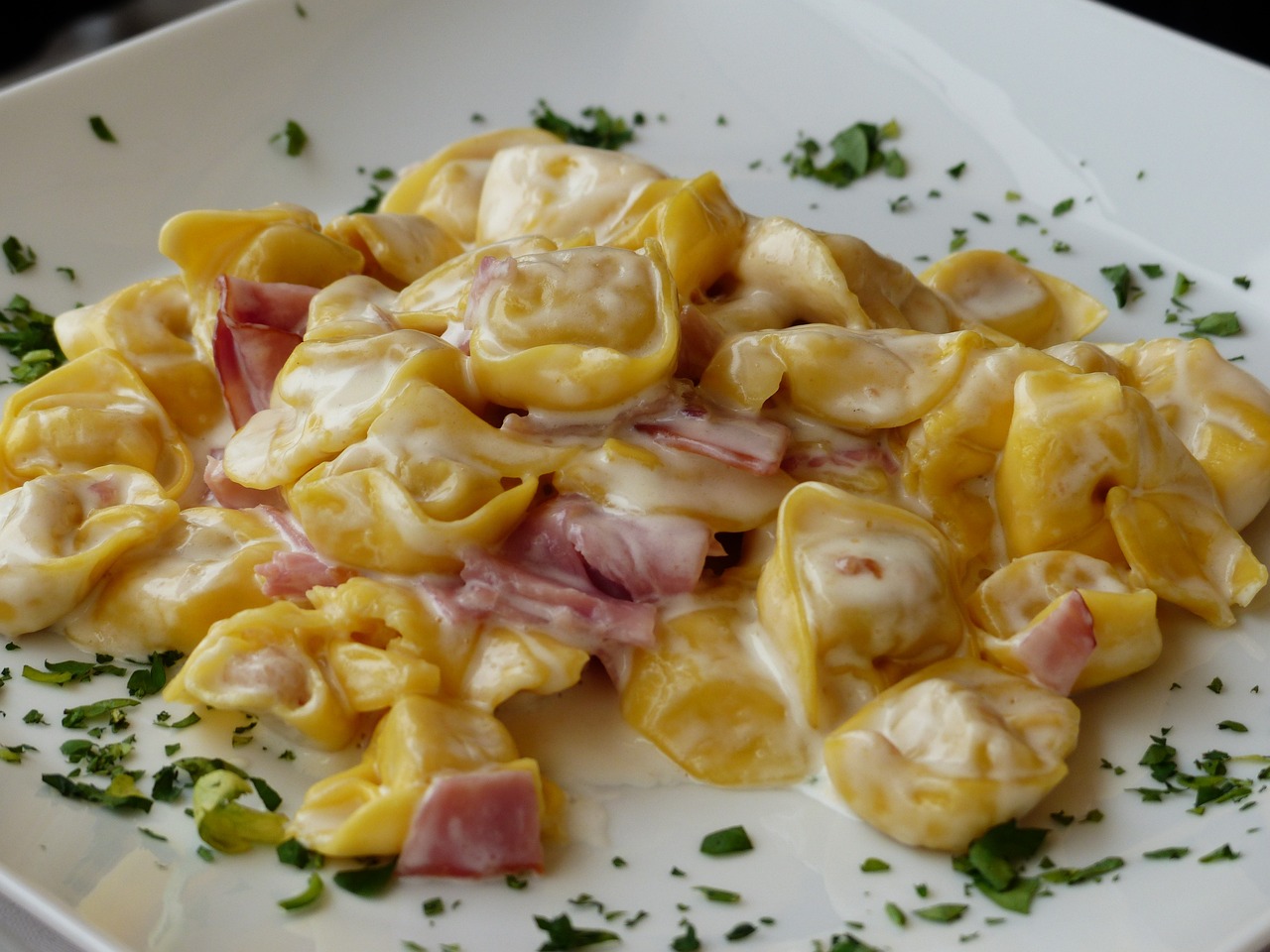
Serving and Presentation
When it comes to serving and presenting a classic Italian Carbonara dish, attention to detail can truly elevate the dining experience. The visual appeal of a well-plated Carbonara can enhance the anticipation and enjoyment of indulging in this beloved pasta creation. To achieve a professional presentation, consider the following tips.
First and foremost, ensure that the Carbonara is plated immediately after cooking to preserve its creamy texture and prevent it from becoming dry or clumping together. The glossy sauce coating each strand of pasta should glisten invitingly, enticing diners with its rich and comforting aroma.
Consider using a pair of tongs to twirl a portion of the pasta into a nest-like shape before placing it on the plate. This technique not only adds a touch of elegance to the presentation but also helps to evenly distribute the sauce and ingredients throughout each serving.
Garnishing plays a crucial role in enhancing the visual appeal of Carbonara. Sprinkle a generous amount of freshly grated Pecorino Romano cheese on top of the dish, allowing it to melt slightly from the residual heat of the pasta. This creates a creamy cheese layer that adds depth of flavor and a luxurious finish to the dish.
For a final flourish, crack some additional black pepper over the Carbonara just before serving. The aromatic warmth of the pepper not only complements the savory notes of the guanciale and cheese but also adds a visually striking contrast against the pale yellow hue of the sauce.
Remember, presentation is not just about aesthetics but also about creating an experience that engages all the senses. A well-presented Carbonara dish should entice the eyes, tantalize the taste buds, and evoke a sense of anticipation and satisfaction. By paying attention to the details of serving and presentation, you can transform a simple pasta dish into a culinary masterpiece that delights both the palate and the soul.
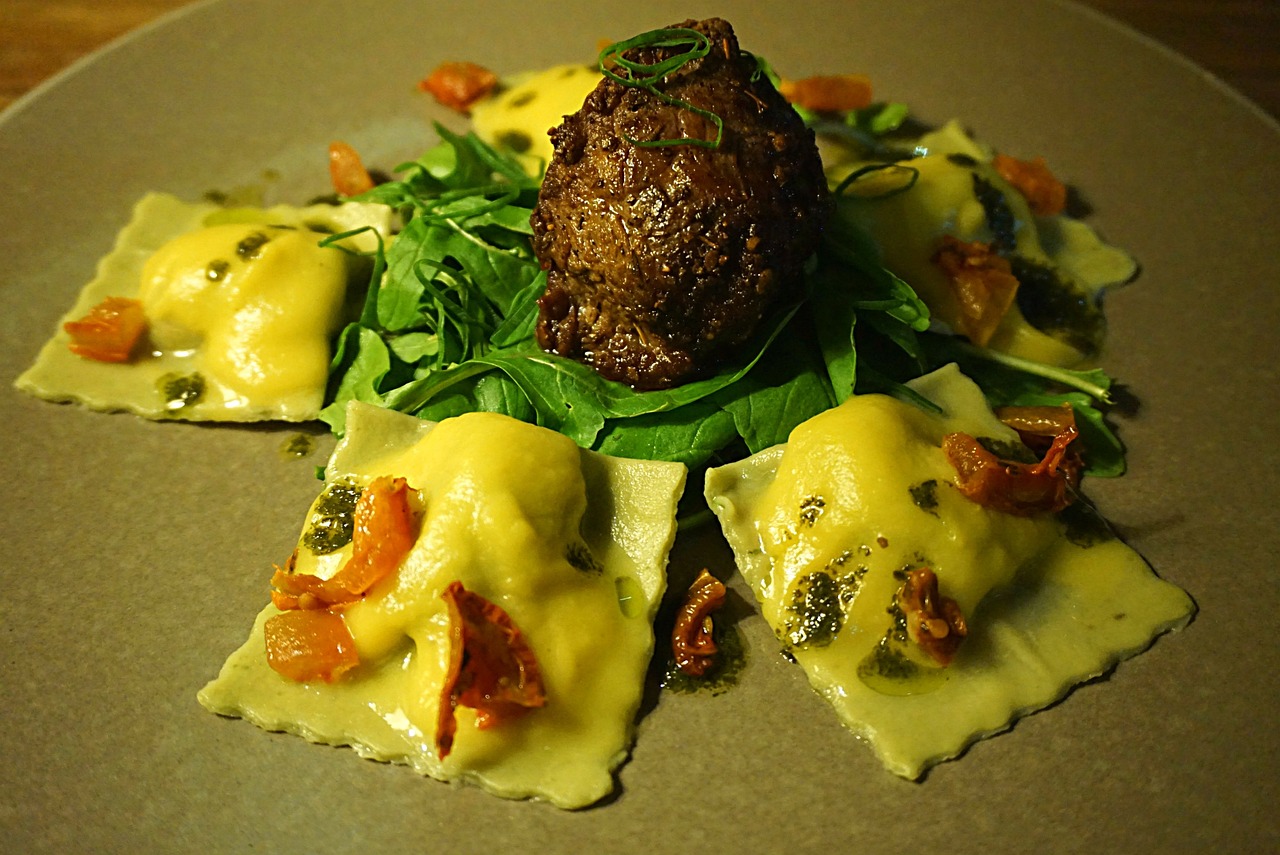
Pairing Carbonara with Wine
When it comes to enjoying a delicious plate of classic Italian Carbonara, the choice of wine can elevate the dining experience to a whole new level. Pairing Carbonara with the right wine can enhance the flavors of the dish and create a harmonious balance on your palate.
One of the traditional and popular choices for pairing with Carbonara is a crisp white wine like Vermentino. The bright acidity and citrus notes of Vermentino complement the richness of the Carbonara sauce, cutting through the creaminess and enhancing the overall taste.
For those who prefer red wine, a great option to pair with Carbonara is Montepulciano d'Abruzzo. This medium-bodied red wine with its ripe cherry and herbal notes provides a nice contrast to the savory flavors of the dish, creating a delightful combination.
When selecting a wine to accompany your Carbonara, it's essential to consider the balance between the acidity, fruitiness, and tannins of the wine with the creamy, salty, and umami elements of the pasta. Experimenting with different wine varietals can lead to exciting discoveries and enhance your dining experience.
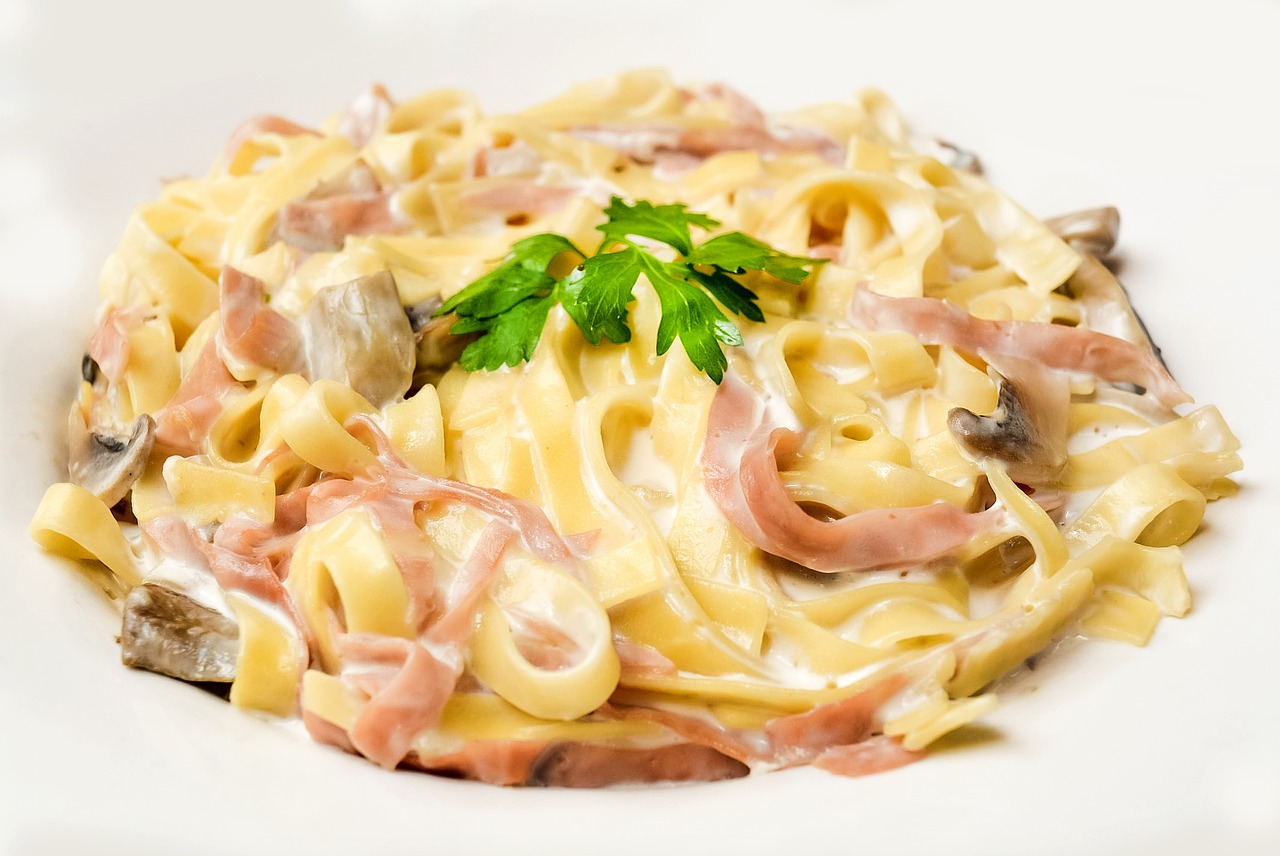
Modern Interpretations and Fusion Dishes
When it comes to classic Italian dishes, Carbonara has been a timeless favorite for generations. However, in recent years, chefs and food enthusiasts have taken this traditional recipe and given it a modern twist, resulting in exciting fusion dishes that offer a new take on the beloved Carbonara.
One popular modern interpretation of Carbonara is the Carbonara pizza. Imagine a crispy pizza crust topped with the rich and creamy Carbonara sauce, crispy pancetta, and a sprinkle of Pecorino Romano cheese. The fusion of Italian flavors in a familiar pizza format creates a unique dining experience that is both comforting and innovative.
Another creative fusion dish that has gained popularity is the Carbonara burger. Picture a juicy burger patty topped with a generous serving of Carbonara sauce, crispy bacon, and a runny egg, all sandwiched between two brioche buns. This indulgent creation combines the best of both worlds - the hearty satisfaction of a burger with the creamy goodness of Carbonara.
These modern interpretations and fusion dishes showcase the versatility of Carbonara and highlight how this classic Italian recipe can be reimagined in unexpected ways. Whether you're a traditionalist at heart or a culinary adventurer seeking new flavors, exploring these creative variations of Carbonara is sure to delight your taste buds.
Frequently Asked Questions
- What is the traditional meat used in Carbonara?
The traditional meat used in Carbonara is guanciale, which is a type of cured pork cheek. It provides a rich and slightly sweet flavor to the dish.
- Can I substitute guanciale with other types of meat?
While guanciale is the authentic choice, you can substitute it with pancetta or bacon if guanciale is not available. However, the flavor profile may vary slightly.
- Is it necessary to use Pecorino Romano cheese in Carbonara?
Yes, Pecorino Romano cheese is a key ingredient in traditional Carbonara. Its sharp and salty taste complements the other flavors in the dish perfectly.
- How can I prevent the eggs from scrambling when making Carbonara?
To prevent the eggs from scrambling, it is crucial to remove the pan from the heat before adding the egg and cheese mixture. The residual heat from the pasta will gently cook the eggs without curdling them.
- Are there any vegetarian variations of Carbonara?
Yes, there are vegetarian versions of Carbonara that substitute the meat with ingredients like mushrooms, zucchini, or tofu to create a flavorful meat-free alternative.


